Raphael (Rafi) Blumenfeld ...
1. Thoughts, news, and my model-summarising limericks
2. My path
3. Research interests
4. Selected publications
5. Full publication list
6. Official résumé
7. Printer friendly résumé
8. Caius Science Network
9. The other résumé
11. Volleyball (ancient history)
12. References (no longer useful)
✓ Can all Self organising phenomena be described by a unifying principle? Can these all be modelled within one formalism, the way all thermal equilibrium systems are modelled with statistical mechanics?
I think the answer to both question is yes, see: https://arxiv.org/abs/2508.01877v2.
Observations of coordinated self-organisation of stress and structure in disordered granular systems sheds light on a fundamental principle: self-organisation emerges from disorder when an extremely subset of configurations have significantly longer lifespan than the rest. Being sufficiently stable to withstand inherent noise for longer than observation time, they become typical. This principle goes beyond the recently proposed principle of minimising energy disspation.
This insight can be used to formulate an equivalent of the equilibrium statistical mechanics framework for self-organisation in general systems and examples are given in the above paper, including for systems in which energy plays no role. Parallels with traditional statistical mechanics are not only useful in guiding models of in other out-of-equilibrium self-organising systems but also suggest that thermal equilibrium, in spite of some differences, can be regarded a special case of self-organidation, with typical macrostates being simply the stablest system realisations that survive thermal noise.
✓ The relations between the physics endeavour and reality.
We do not perceive reality as it is. Rather, we have our brain's interpretation of it through the senses. The brain's interpretation is tailored only to enable survival and continuation of the species. To this end, it evolved to allow us the best tools to manipulate reality rather than understand it. This realisation is rather off-putting. As physicists we are supposed to construct ever improved models of reality. However, what we really do is construct better algorithms that tell us that the perceived outcomes of experiments. This means that our models are in fact better algorithms of manipulating reality. Not as glorious an endeavour as I thought when I started out to become a theoretical physicist.
✓ A-thermal (or particulate) statistical mechanics is richer than one would think. It appears to provide intriguing insight into the nature of reality, time and our perception of these two. I am not referring to entropy and the arrow of time, but rather insight into time's existence in the first place. This idea will be developed at some stage.
✓ Detailed balance and maximum entropy in non-equilibrium systems.
The principle of detailed balance played a key role in the development of physics. Starting in 1867, Maxwell used it to formulate gas kinetics theory; Boltzmann used it to derive his famous H-theorem; Wegscheider introduced it to evaluate rates of chemical reactions; Einstein used it to discuss emission and absorption of radiation; Langmuir used it to discuss evaporation and condensation; Klein, Franck, and Dirac used it, separately, to analyse inelastic collisions; Eddington used it to compute stellar absorption coefficient; Kramers used it to analyse ionisation and capture; Pauli, Einstein, and Ehrenfest used it, separately, to discuss scattering radiation of electrons; Lewis used it to discuss Planck's radiation law; Onsager used it in the works that awarded him the Nobel prize in chemistry.
Detailed balance has been believed to be the property only of systems in thermal equilibrium (see discussions by M.J. Klein 1955, Ter Haar 1955). In three recent papers, two published ( Gran. Matt. 22, 91 (2020), J. Phys. A: Math. and Theor. (2023)) and one to appear ( arXiv:2105.01355[cond-mat.soft]), we show theoretically that steady states of some quasi-statically sheared planar granular systems, which are out of equilibrium, also exhibit this property and support these claims experimentally. In another paper ( Phys. Rev. Lett. 125, 268005 (2020)), we show that the dynamics of some of these systems maximise the configurational entropy of the irreductible loops of their contact networks, subject to stability constraints.
These derivations and observations are siginificant. Firstly, they uncover fundamental principles that underlie the general dynamics of driven granular systems. Secondly, they suggest that the distinction between equilibrium and non-equilibrium steady states needs to be revisited. Thirdly, they support Sir Sam Edwards's ingenious original insight that granular systems can be studied with statistical mechanics. We keep exploring the ramifications of these general principles.
✓ "Granular solids transmit stress as two-phase composites", Blumenfeld (Phys. Rev. E 109, 014901 (2024); https://arxiv.org/abs/2306.10581). The fundamental problem of stress transmission in general realistic granular matter is still an unsolved problem. Both in physics and in engineering, models of this phenomenon are limited to the marginally stable state, also known as the yield surface. In this paper, I extend the theory to granular states that not at these limit states. The proximity to the marginally stable state is quantified for finite regions and an effective medium theory is proposed for a dilute concentration of elastic regions within an otherwise marginally stable medium.
✓ "Steady states of two-dimensional granular systems are unique, stable, and sometimes satisfy detailed balance", Myhill, Blumenfeld (J. Phys. A: Mathematical and Theoretical 56, 345001 (2023); https://arxiv.org/abs/2306.10526). Here, we study the dynamics of granular in d=2 and show that, given fixed contact making and breaking rates, detailed balance is not satisfied for dilute systems. We analyse the stability of the theoretical solutions and conjecture, with theoretical and numerical evidence, that there is only one physical solution for any set of such rates. The reconciliation of our
results with the experiments of Sun et al. provides significant insight into the self-organisation of settling granular matter.
✓ "Disorder Criterion and Explicit Solution for the Disc Random Packing Problem", Blumenfeld (Phys. Rev. Lett. 127, 118002, 2021). The long-standing problem of finding the highest packing fraction of randomly assembled discs is solved exactly! A disorder criterion is formulated for planar same-size disc packings and an exact derivartion of the highest possible random close packing fraction in any protocol is found: 0.852525... Key to the solution is the packing cell order distribution and the method is also useful for determining the highest packing fraction achievable in specific protocols.
✓ "Experimental evidence of detailed balance in granular systems", Sun, Wang, Wang, Blumenfeld, Zhang, corroborates experimentally our 2020 theoretical derivation of detailed balance in out-of-equilibrium sheared granular systems, a phenomenon supposedly proven by Klein in 1955 to be impossible. Our experiments show that detailed balance is satisfied not only in much less dense systems than theoretically predicted but also in systems that, in principle, could support steady state cycles. This paper calls into question the paradigm that detailed balance cannot exist in non-equilibrium kinetics.
✓ "Friction-controlled entropy-stability competition in granular systems", Sun, Kob, Blumenfeld, Tong, Wang, Zhang, squeaked into Phys. Rev. Lett. on the last day of 2020. In this paper, we present an analysis of the structural characteristics of two-dimensional granular assemblies, constantly rearranging under shear, and show that underlying the dynamics is an inherent competition between entropy and mechanical stability. This competition can be controlled by intergranular friction: the higher the friction the higher the entropy. We show that, for high friction, a straightforward maximum-entropy calculation predicts the distribution of cell orders to a very good accuracy. We also demonstrate the reduction in entropy with decreasing friction. Very large cells, up to order 30 in such systems, are short-lived, implying that our quasi-static granular system is not glassy but liquid.
✓ "Structural Evolution of Granular Systems: Theory", Wanjura, Gago, Matsushima, Blumenfeld, appeared in Granular Matter. In this paper, we formulate a theory to quantify the evolution of the structure of granular matter under external loading, and test its predictions successfully against numerical simulations. Astonishingly, we find that, although far from equilibrium, the steady states of very dense quasi-static such dynamics satisfy detailed balance!
✓ "Sink-rise dynamics of horizontally oscillating active matter in granular media: Theory", Liu, Ran, Blumenfeld, submitted to Phys. Rev. Lett.. An intermediate step to modelling behaviour of active matter is understanding interactions of active matter with inanimate matter, often also leading to rich behaviour. We present a range of simulations of the interaction of a self-energised sphere with 3D granular medium and develop a first-principles theory to describe the observed phenomena. While oscillating horizontally, the active sphere rises against gravity or sinks, depending on the oscillation amplitude and frequency. We identify the competing mechanisms driving these dynamics. Below a critical speed, a jammed stagnant zone builds up ahead, leading to rising, while above this speed, the sphere fluidises its surounding medium and sinks. The duration of the rising and sinking phases depend non-trivially on the amplitude and frequency, leading to an intricate nonlinear dynamics. A first-principles equation of motion is developed for the time-dependent depth and its solutions agree well with the simulations.
✓ "Statistical mechanics of high table conversations", in preparation. This is an interesting application of statistical mechanics methods to social situations. In my college (Gonville & Caius, Cambridge), formal dinner is held (in normal times) in the Hall, with fellows and their guests sitting at the high table, while students fill much of the rest of the Hall (see photo). Conversations at the high table have to be conducted above the noise, which is not negligible, not least because our college allows students to bring alcohol to dinner. High table conversations are then constrained by the distance between seats. Owing to the noise (and the relatively high average age) conversations around the high table can take place only between nearest or next nearest diners. In this work, we model the statistical mechanics of such a situation. In particular, we aim to determine the optimal conditions for the most hospitable dinner, i.e. one where as many conversations as possible take place.
✓ "The unusual problem of upscaling isostaticity theory for granular matter", Blumenfeld, appeared in the special issue of Granular Matter in memorium of Bob Behringer. In this paper, following some thoughts about the late Bob, I describe a method to coarse-grain the stress equations in solid granular media from the grain-scale up to the continuum.
✓ Nominated a "High Level Foreign Talent" in China and a Distinguished Visiting Professor in Hunan Central South University (comes with a long-term visa).
✓ "Support of Modified Archimedes' Law Theory in Granular Media", Feng, Blumenfeld, Liu, has been published in Soft Matter. In this paper, we elucidate the different mechanisms governing penetration of solid objects into granular materials and show that a generalised Archimedes law, expressed as a function derived frim first-principels, unifies the resistance behaviour of real (rough) granular materials, frictionless spheres, and water!
✓ "Force-based three-dimensional model predicts mechanical drivers of cell sorting" Revell, Blumenfeld, Chalut, has been published in Proc. Roy. Soc. B: Biological Sciences. In this paper, we elucidate the roles of physical mechanisms in stem cell sorting in the embryo.
These pages have grown uncontrollably from a modest beginning in 1993, when a home page was a rarity. I cannot pinpoint when exactly over the years it was that I lost the fight against this unstable self-(dis)organised growth. I was probably never in control.
✓ "Stress Tensor for Dense Granular Flow in Plug-Free Regions", Schwartz, Blumenfeld, has been published in Phys. Rev. E. In this paper, which has taken 6 years to complete, we derive frm forst principles the rheology of dense plug-free particulate fluids and put the solid-friction-based rheology on solid fundamental basis.
✓ Clara Wanjura has received her masters degree.
✓ "Equally probable positive and negative Poisson's ratios in disordered planar systems", Verstreken, Chalut, Blumenfeld, has been published in Soft Matter. In this paper, we show that disordered assemblies of isostatically linked compliant triangles are, surprisingly, equally likely to have negative and positive Poisson's ratios.
✓ Delivering 4 lectures at the "Summer School on Soft Matter and Biophysics" on stress field theory in particulate media. Expect lively informal discussions. All welcome.
✓ I now have a paper that I cannot read (!) "Numerical simulation of a spinning sphere moving in granular matter" , Qi, Ran, Liu, Tang, Blumenfeld, Acta Physica Sinica.
✓ Chairing session K48 of "Athermal Systems and Statistical Mechanics" at the APS meeting, March 5-9, LA, USA. Please join us there.
✓ "Archimedes' law explains penetration of solids into granular media: modelling and experimental support", Kang, Feng, Blumenfeld, Liu, has been published in Nature Communications. In this paper, we show that the process of quasi-static object penetration into dense granular matter is governed by a simple, albeit universal, Archimedes' law.
Archived old news
Apology:
You may notice that the pages are written in the old basic HTML format. This is because none of the current fancy new softwares, which essentially do all the nitty-gritty work, existed. Hence, there are no fancy java scripts, flashing lights and colours, background music, or automatically starting videos. This may be one of the last bastion of the HTML purists, uncluttered by sights or sounds.
As my friend Peter once put it:
"This is about delegation of responsibility. About trust. About subsidiarity.
It's a small-scale mirror of so many of our every day problems."
Anyway, my publication pages are updated regularly ... after a fashion. The rest not so much. If your time is short, I recommend to browse my 'Selected publications' and then move to the less frequently updated 'research interests' page. Much of my research is distilled into limericks at the bottom of this page. You are, of course, welcome to visit all the pages but there is always the possibility of getting lost in the overgrown meandering paths.
Often, when I finish developing a model or a theory, I write a limerick that summarises it. The weight and rythm are not always great, but they do describe, as accurately as possible in a limerick form, the modelling ideas and the relevant physics. Below are the limericks I wrote so far, each with a link to a paper that the work produced, if it has.
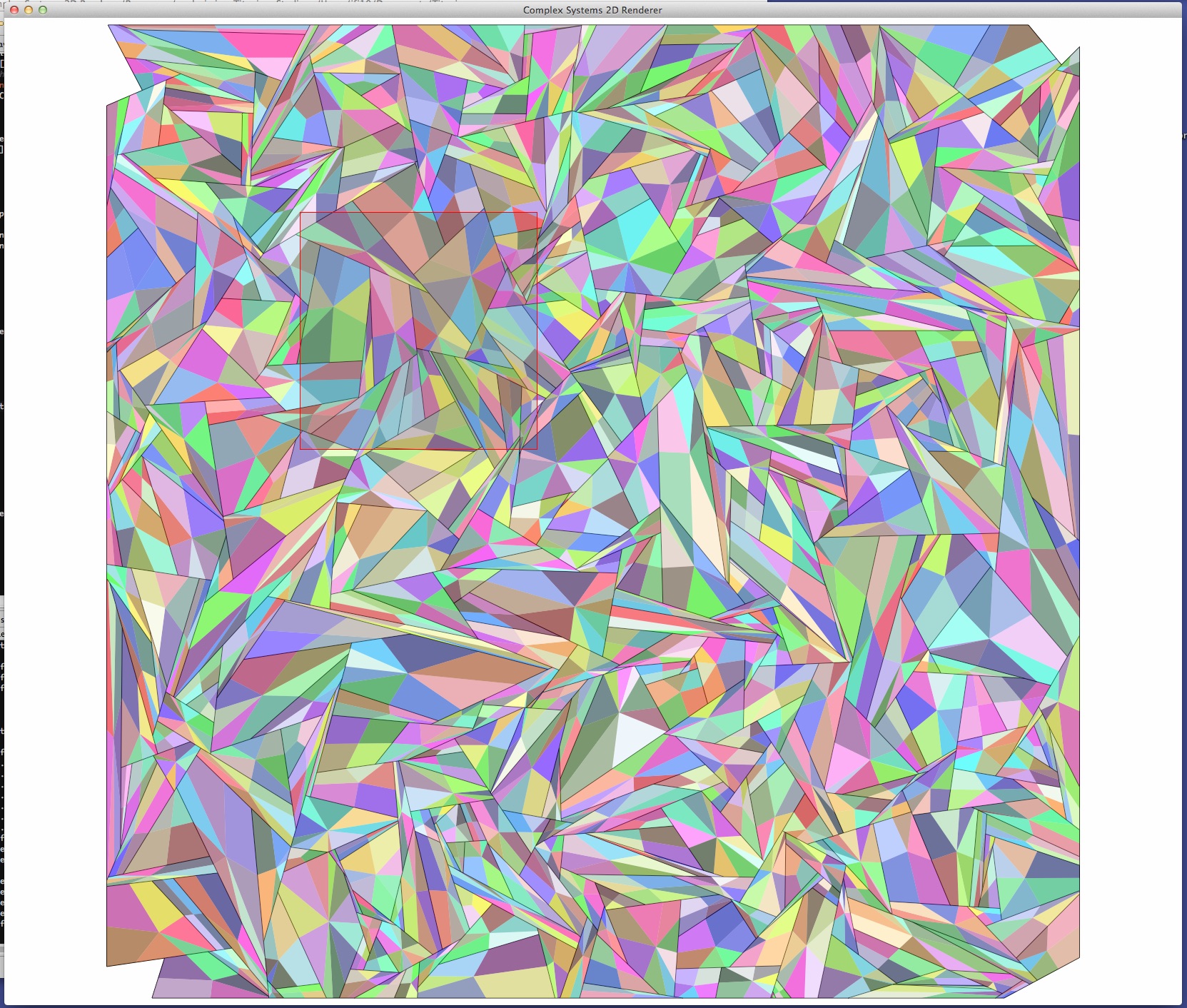
Others swear on Isostaticity
But I stand before you
To tell you boldly
That Stato-elasticity is the one and only
(RB April 2008)
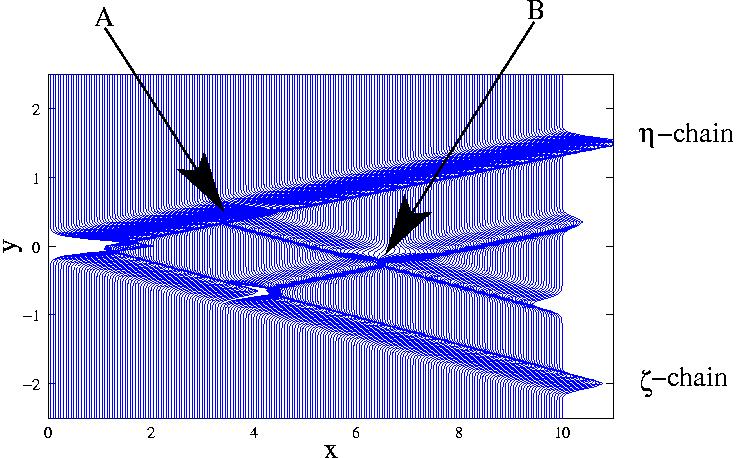
And in granular materials they abound
Now although isostaticity
Has caused great turbidity
That particular stress theory is sound
(RB April 2006)
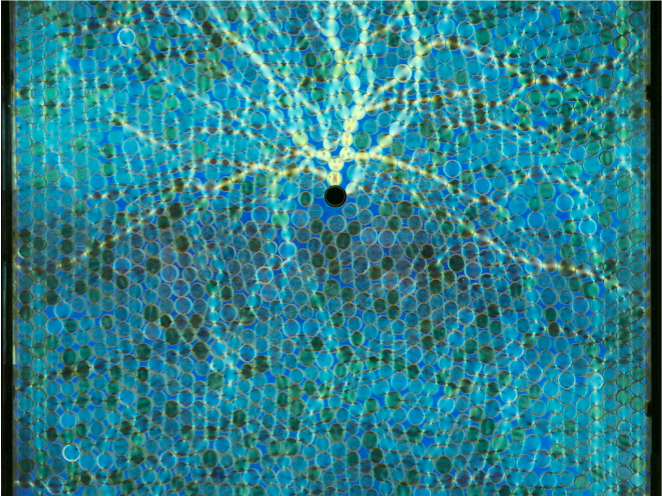
Was challenged by Isostaticity
But I tell you boldly
That real packs mostly
Should follow Stato-elasticity
(RB April 2008)
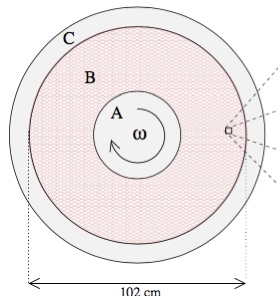
Layer by streamline they clump and they slow
Grains rub their neighbour
Dissipating much labour
And da Vinci fluids explain it, gung-ho!
(RB November 2010)
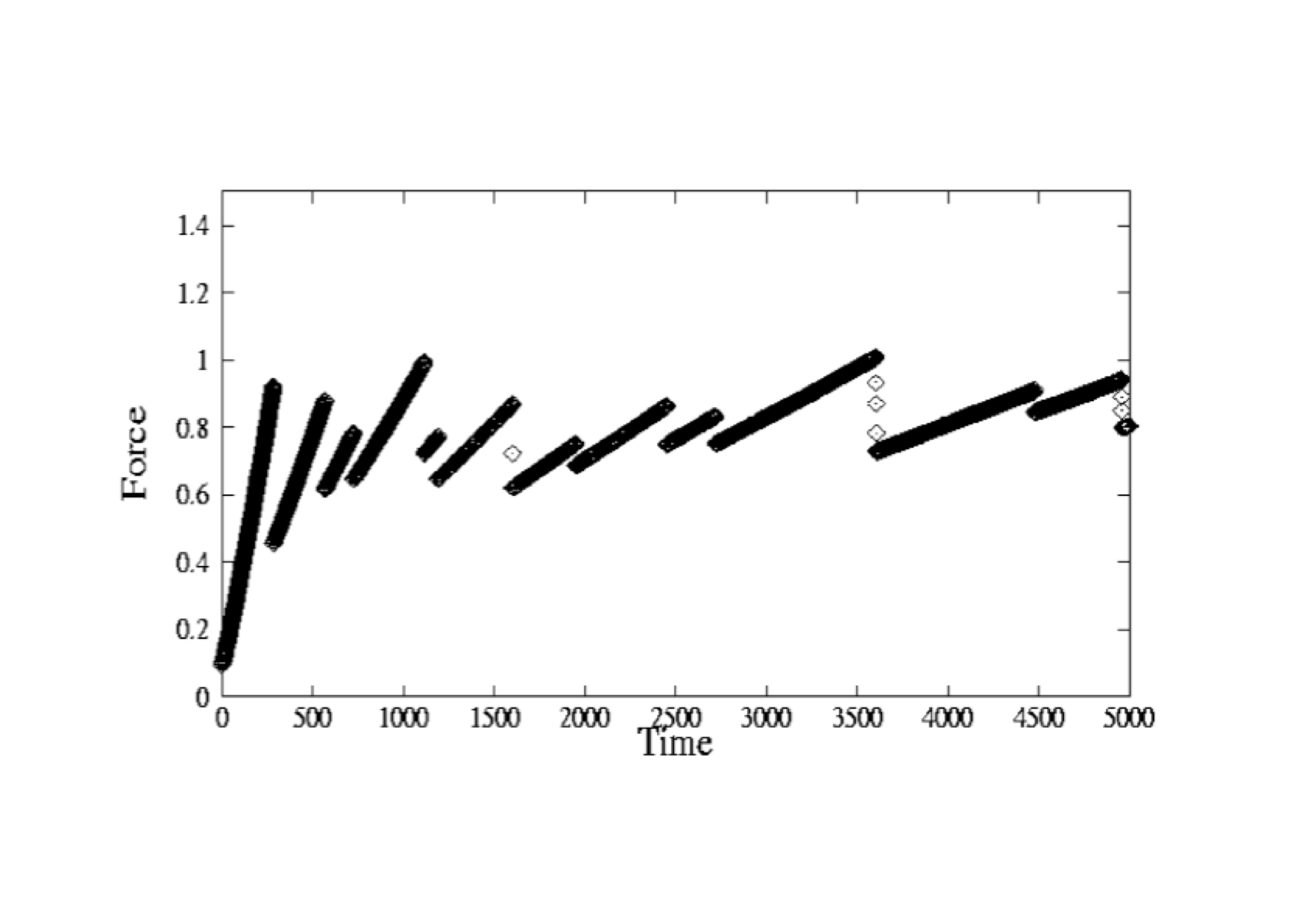
Bond it tight, don't let it slip
It pulls out in a stutter
Here a jump, there a flutter
Thus, through the tube it would not zip
(RB April 2006)
Fractures evolving in disordered matter
Spawn voids that expand, grow large and scatter
Swallowed by the crack
With a supersonic smack
They get to become part of the big antimatter
(RB September 2014)
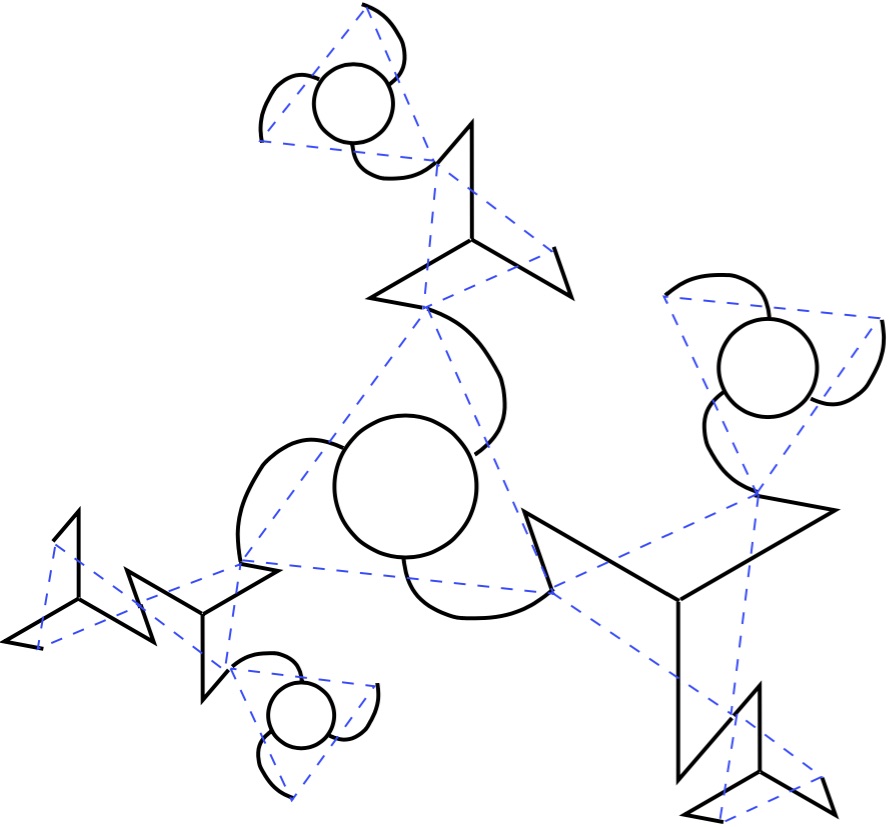
Auxetic materials defy common sense
They expand and dilate
Causing heated debate
But iso-auxeticity dispels the suspense
(RB June 2015)
One moment they're there and then they are gone
Inter-grain contacts do not linger on
Their dynamics obscure
And no model to cure
But contact potential explains it, c'est bon!
(RB December 2015)
Shear them to slide and knock them to clap
Inter-grain contacts are an energy trap
They came to the light
With no theory in sight
Now contacture statistics fills out the gap
(RB December 2015)

Made physics of squishies and sand
Fokker-Planck here
And replica there
And all with fine wit and Chablis glass in hand
(RB April 2016)

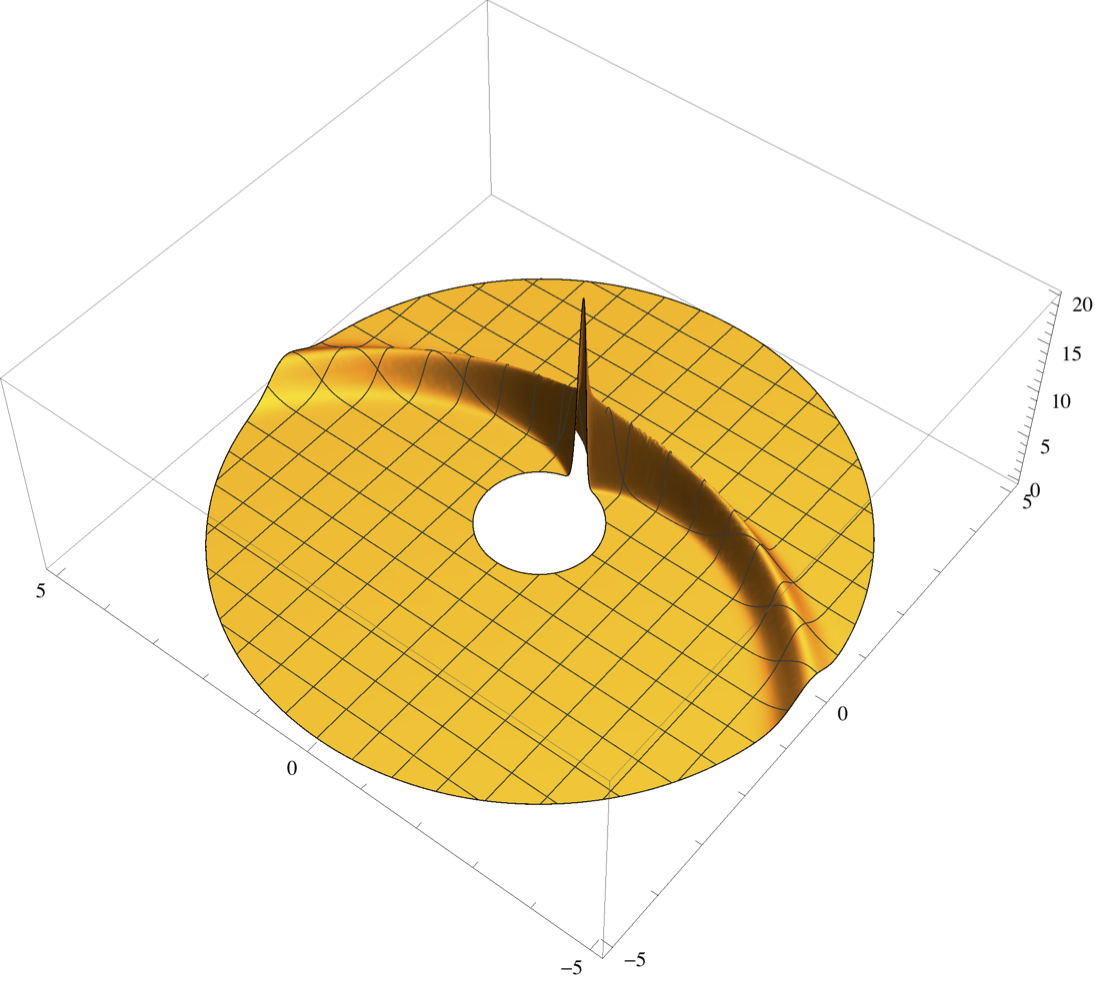
Detected and measured in Behringer’s group
They leak to the cone
They branch on and on
And isostaticty explains all this soup
(Experimental figure courtesy of Jie Zhang)
(RB April 2016)
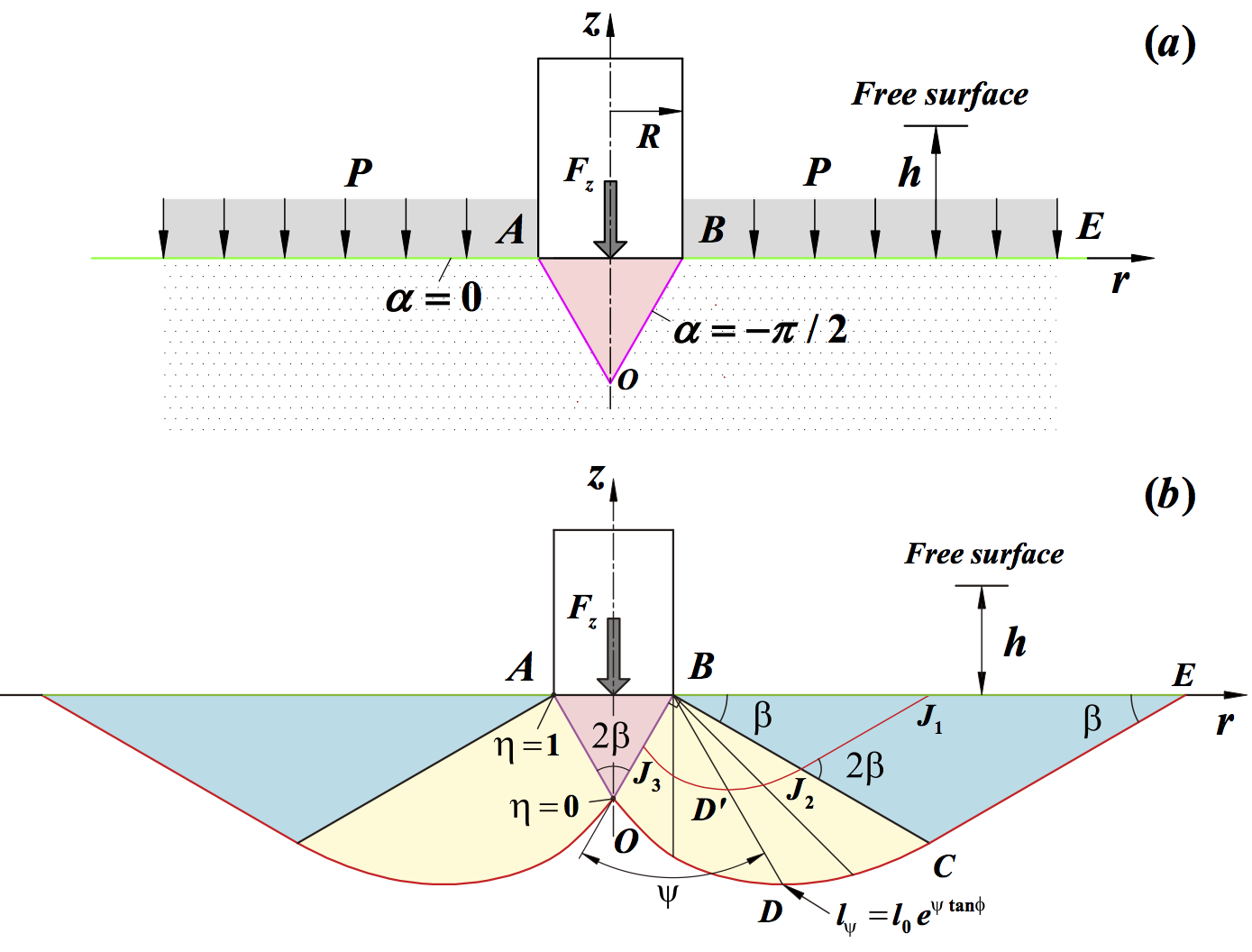
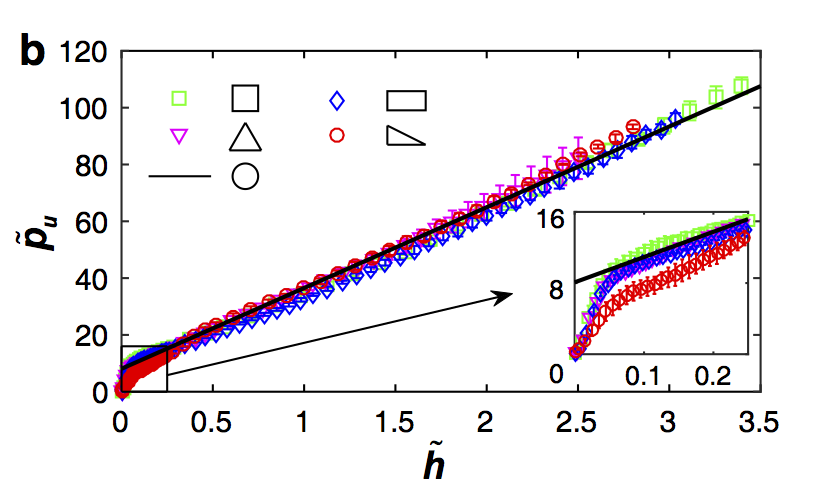
Observe the turn, the linear band
The curve is robust
Its model a must
And, by Archimedes, we now understand
(RB August 2017)
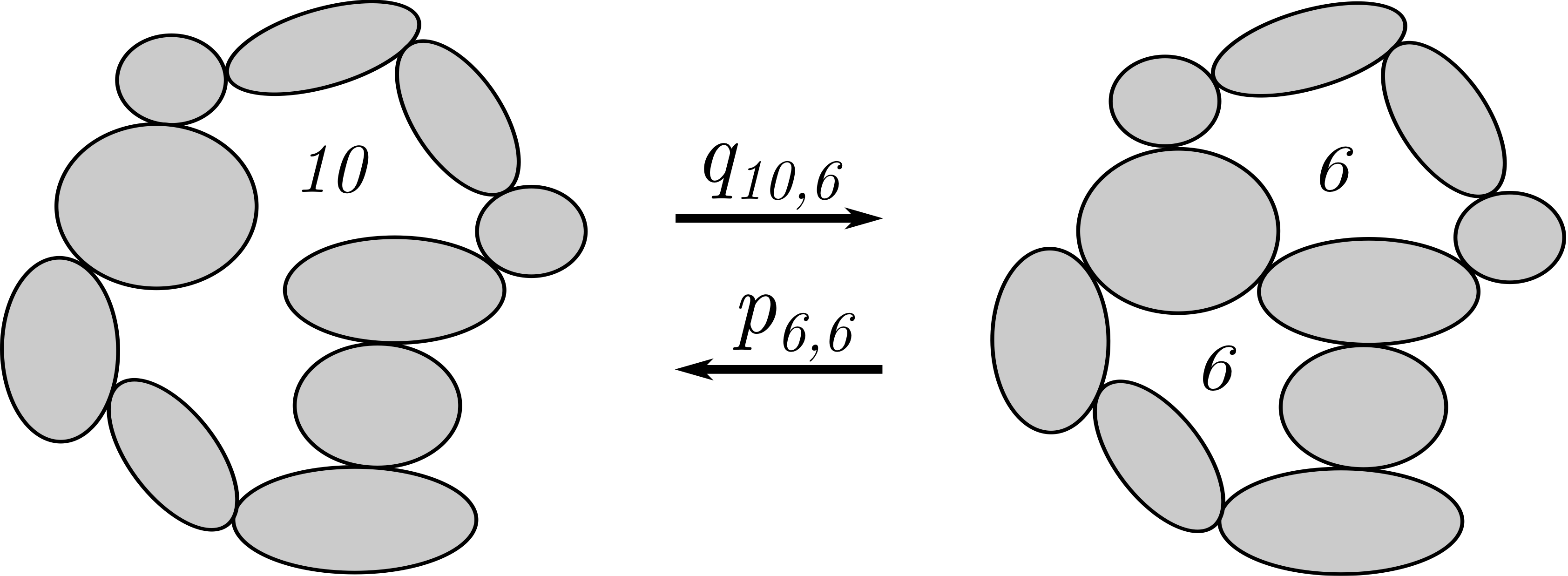
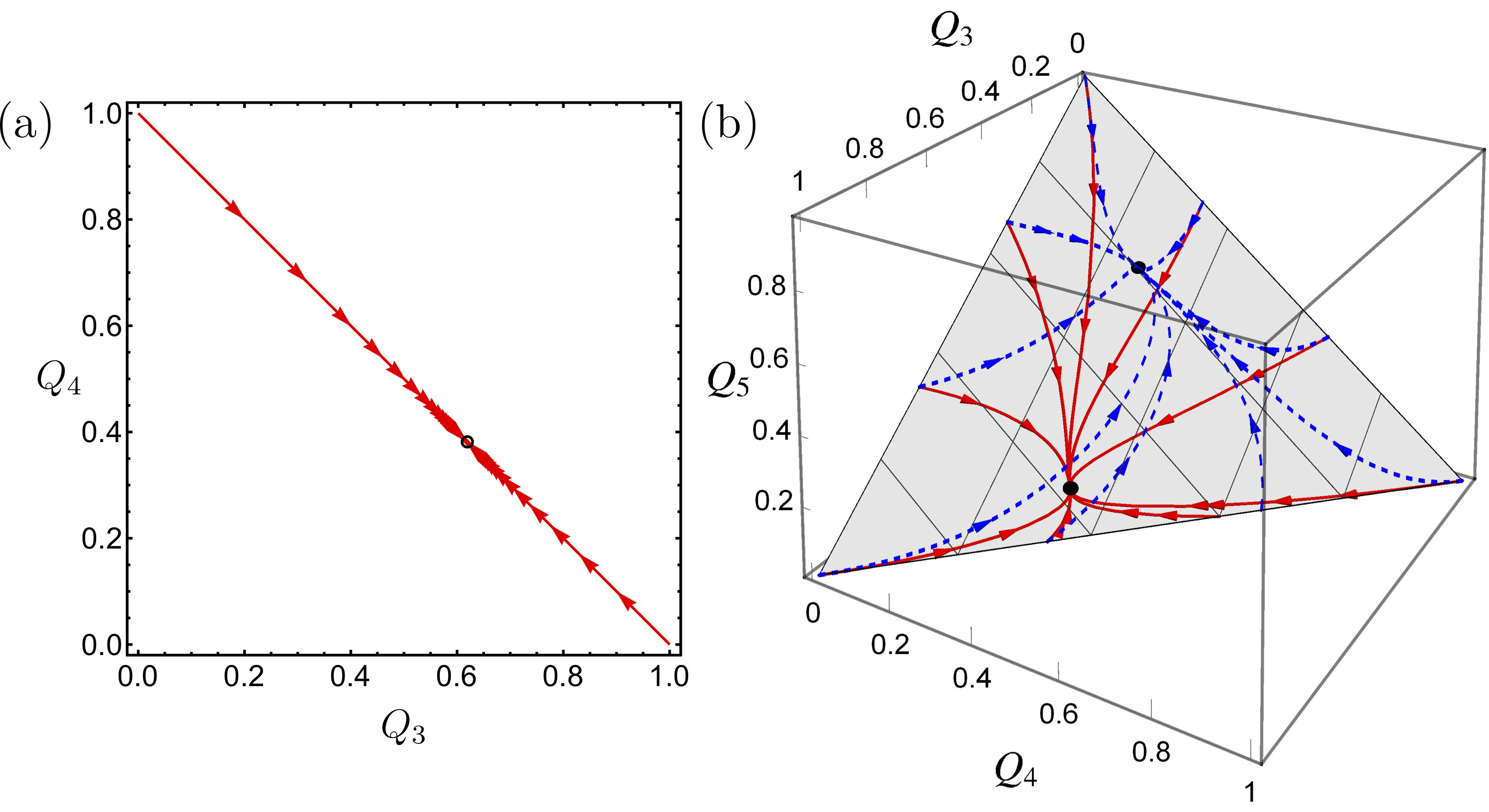
Granules constantly rub and collide
Cells split and diffuse
Theorists to bemuse
But now we can see how they self-organise
(RB April 2019)
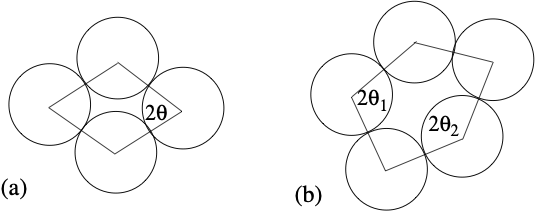
Gave rise to a lot of discussion
But using cell order
To define the disorder
Has yielded the problem's solution
(RB January 2023)

Long frustrated correct understanding
Then a paper was writ
That made it all fit
And we can go other things searching
(RB January 2025)